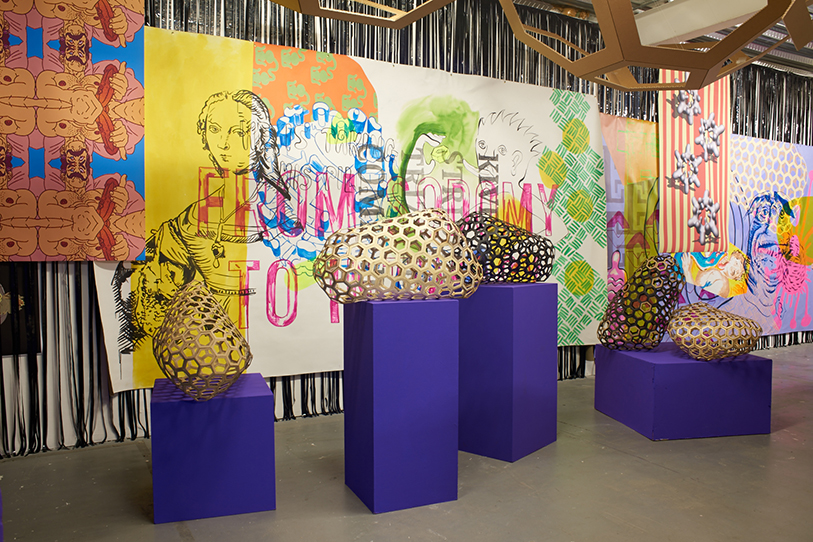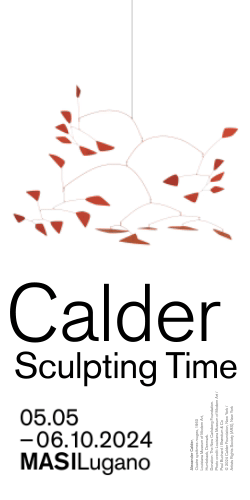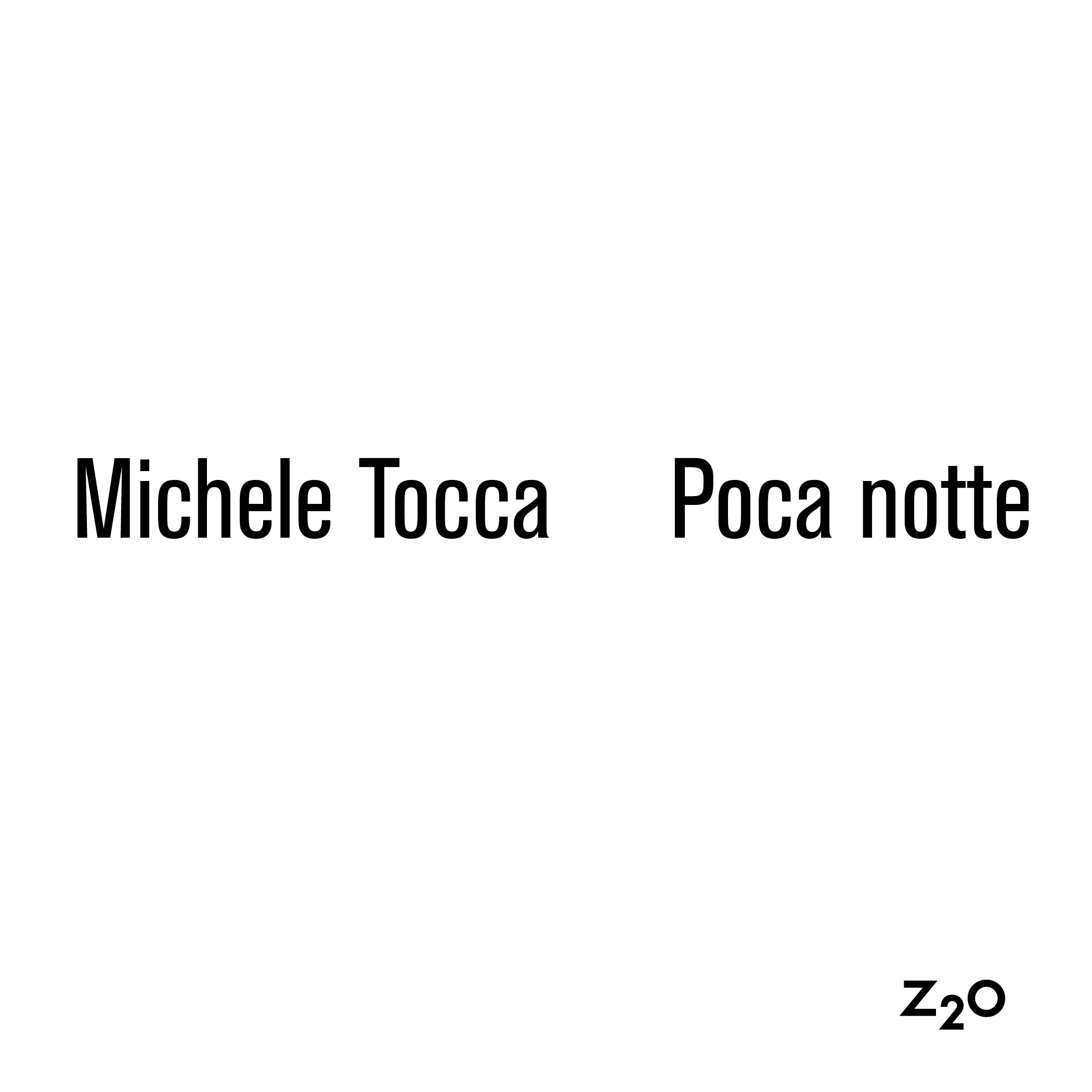
English text below
Nella centralità che la gender theory sta assumendo all’interno della storia degli studi e nell’influsso che essa esercita, su più livelli, nei campi socio-culturale, politico ed educativo, è divenuto inevitabile, quando non apertamente urgente, confrontarsi con contenuti che da più parti reclamano un necessario smantellamento delle vecchie consuetudini incarnate dai retaggi di una società passatista e ancorata alle sue più allarmati convinzioni. Dopo la fase che ha raggiunto la propria acme negli anni Settanta e Ottanta – anni d’oro in cui l’institutional critique e l’arte più marcatamente politica hanno spinto oltremisura le questioni inerenti l’identità sessuale, la condizione femminile, la tensione normativa e normalizzante della società nei confronti degli individui – siamo entrati in una fase in cui diversi soggetti sociali avvertono l’urgenza di risemantizzare il lascito della riflessione teorica e visuale precedente portando il discorso verso una rinnovata consapevolezza delle congerie di possibilità che i temi del gender, della queer theory e del femminismo dimostrano di possedere. Posizioni che, interpretando un pensiero divergente, hanno spesso solcato il mare magnum del sistema-arte e dei suoi meccanismi, rivelando ben presto la necessità di ritrovare un contatto diretto con la cultura, la società, la politica, nell’ottica di un attivismo che non rinnega il ruolo sociale dell’artista.
All’interno di questa prospettiva, la British School at Rome è promotrice di una serie di talk che, curata e coordinata da Marta Pellerini, responsabile del programma di residenze che hanno luogo ogni anno presso l’istituzione britannica, getta uno sguardo rinnovato non soltanto sullo stato attuale del discorso attorno alle tematiche di genere ma fornisce al contempo una panoramica variegata sulle modalità attraverso cui artisti ed esperti hanno declinato tale topic. Inaugurata dall’intervento di Linder Sterling – in conversazione con Mark Bradley – conosciuta per le sue incursioni radicali che hanno esplorato e continuano a esplorare la sessualità, il femminismo e l’estetica contemporanea legata alla de-umanizzazione del corpo femminile e all’immaginario che tutto questo cela, la rassegna TALK GENDER dimostra una sensibilità tutta nuova verso tematiche attuali che aprono a una molteplicità di varianti poste ben presto come reale e radicale alternativa alla routine normalizzante del discorso attorno all’arte.

Con un intervento intitolato Beyond Queer Minimalism, l’artista britannico John Walter – Sainsbury Scholar alla British School at Rome tra il 2006 e il 2008 e vincitore nel 2016 dell’Hayward Touring Curatorial Open con il progetto Shonky: The Aesthetics of Awkwardness – pone in luce un tema tanto attuale quanto, per certi versi, ancora scomodo. Articolando il proprio discorso attorno alla gender theory in maniera totalmente scevra da qualsivoglia attitudine retorica, Walter, che nel 2015 ha presentato il suo progetto Alien Sex Club, divenuto anche una tesi di dottorato, indaga da anni il tema del HIV nell’ambito della crisi rappresentazionale che lo ha interessato. Dopo un excursus sulla storia dell’arte più recente – David Wonjarowicz, ACTUP, General Idea, per citare soltanto alcuni esempi – che ha fatto proprio il tema dell’HIV/AIDS servendosi di categorie visive legate principalmente al linguaggio e alle strutture discorsive del minimalismo, Walter sonda le possibilità dello scarto insito nel passaggio da un’estetica legata al riduttivismo minimalista a quella del Maximalism, termine impiegato per designare un linguaggio che, pur non essendo esclusivamente dicotomico rispetto al minimalismo, apre a una congerie di elementi testuali e visivi. Partendo da un approccio consapevole, supportato dalle statistiche che riportano i dati di un fenomeno tuttora imperversante anche in relazione alla mutazione di alcuni aspetti pertinenti allo stile di vita attuale, – l’uso ricreazionale di droghe, la dimensione legata al mondo del clubbing, per esempio – Walter ibrida il disegno, la pittura, la scultura con elementi specificamente basati sul tempo, come l’animazione e il suono, per ricreare ambienti immersivi in cui lo spettatore possa vagare sperimentando una molteplicità di livelli che sottendono tutta la complessità dell’indagine condotta. Nel momento stesso in cui analizza la crisi rappresentazionale connessa all’HIV, l’artista mira a costruire un sistema integrato e rappresentazionale che possa fornire il background alla definizione dei suoi ambienti con un’estetica ben studiata, in cui tutto è nel posto in cui deve essere, e ricostruendo un immaginario spesso mutuato dal lessico scientifico.

Una combinazione di arte, design, architettura, suono, video e performance diventa il contesto dove si mescolano in maniera continua e paradossale contenuti, suggestioni e rimandi, insieme a colori e pattern visivi esuberanti che riempiono lo spazio sospinti da un’idea di horror vacui da cui è impossibile sottrarsi. Le ibridazioni tra disegno, pittura e scultura con elementi specificamente basati sul tempo, come l’animazione e il suono, investigano lo spazio servendosi della categoria del cruising come marcatura tipologica per indicare l’attraversamento di un luogo alla ricerca di sesso occasionale. Quelli di Walter sono ambienti labirintici che nel rigoglio di forme e colori sfavillanti ipersensibilizza i luoghi e la percezione che si ha di essi. È in quest’ottica che una dimensione totale e performativa investe la costruzione strategica di ambienti mobili – l’impiego di cartone, di strutture temporanee – adattabili e amichevoli, in un climax di colori acidi e creature immaginarie che raccontano, attraverso l’impiego paradossale e tragicomico dello humour, la trasmissione del virus. Maximalism, appropriazione, trasmissione culturale sono dunque i topoi di un’estetica interessata dalla molteplicità di media visivi che articolano un linguaggio mirato a scandagliare le referenze culturali, storiche e sociali messe in gioco. La ricerca di Walter – che in una dimensione collaborativa e partecipata lo vede confrontarsi con scienziati e istituzioni per fornire al pubblico degli strumenti di lettura adeguati – gli stessi che, come affermato dall’artista, egli ha deciso di dare a sé stesso per una completa e consapevole conoscenza dell’HIV – si arricchisce del ruolo di necessità che l’artista intrattiene non soltanto nei confronti del proprio interlocutore ma anche in relazione alla società, cercando di liberare il tema dallo stigma che ancora grava su di esso.

TALK GENDER at the British School at Rome – Beyond Queer Minimalism, John Walter | BSR Rome
Text by Angelica Gatto
The centrality that gender theory is assuming on the history of the studies and the influence that it exerts, on many levels, in socio-cultural, political and educative fields, has become inevitable, if not apparently urgent, to confront with content that reclaims on different levels a necessary dismantling of old habits embodied in the legacies of a traditional society which is still anchored to its alarming beliefs. After the phase that reached its own climax in the seventies and eighties – golden years in which the institutional critique and distinctly political art pushed beyond measures the questions regarding sexual identity, the female condition, and society’s regulative and normalizing tension in regard to individuals – we have entered a phase in which different social elements feel the urgency to change the meaning of the previous legacy’s theoretic and visual refection, carrying the argument to a new understanding of the variety of possibilities that gender, queer theory and feminism have shown to possess. Positions that, interpreting a divergent meaning, have often furrowed the mare magnum of the art-system and it mechanisms, revealing the necessity of finding a direct contact with culture, society and politics, in the perspective of an activism that does not deny the social role of the artist.
In this perspective, the British School at Rome is a promoter of a series of talks which, curated and coordinated by Marta Pellerini, responsible for the residency program that take place every year at the British institution, focus not only on the current state of the argument around gender themes, but also offer a panoramic view on the ways in which artists and experts have declined this topic. Inaugurated by Linder Sterling’s intervention – in conversation with Mark Bradley – known for her radical incursions which explore sex, feminism end the contemporary aesthetics tied to the dehumanization of the female body, the TALK GENDER events demonstrate a totally new sensibility towards current themes which offer a multitude of variables that quickly become a real and radical alternative to the normalizing routine regarding the artistic discourse.
With his talk entitled “Beyond Queer Minimalism”, British artist John Walter – Sainsbury Scholar at the British School at Rome between the 2006 and 2008, and 2016 winner of the Hayward Touring Curatorial Open with the project “Shonky: The Aesthetics of Awkwardness” – highlights a current topic, that still remains somewhat uncomfortable. Developing his discourse around gender theory, without any kind of rhetorical attitude, Walter, who introduced his project – and later also doctoral thesis – “Alien Sex Club” in 2015, has been investigating the theme of the HIV within the representational crisis that has concerned him for years. After an excursus on the history of more recent art – “David Wonjarowicz”, “ACTUP”, “General Idea”, to mention some examples – that has made the theme of HIV/AIDS its own, mainly using visual categories tied to the language and the discursive structures of minimalism, Walter explores the possibilities of what remains after a transition from an aesthetic of minimalist reductionism to a Maximalist one, a term designating a language that, even though not exclusively dichotomous to minimalism, opens to an array of textual and visual elements. Starting from a conscious approach, supported by statistical data that reports a still raging phenomenon that relates to the mutation of some lifestyle aspects – the use of recreational drugs, the dimension of the clubbing world, for example – Walter combines drawing, painting, sculpting, with elements specifically tied to the concept of time, like animation and sound, to recreate immersive environments in which the spectator can wander, experiencing a multiplicity of levels that underline the whole complexity of the investigation conducted. As he analyses the representational crisis connected to HIV, the artist aims to build an integrated and representational system that can give some background to his aesthetically well-studied environments, in which everything is in its appropriate place, and also to reconstruct an image often mutated by scientific lexicon. A combination of art, design, architecture, sound, video and performance becomes the context in which, contents, suggestions and references, together with colours and exuberant visual patterns, are mixed continuously and paradoxically, to fill the space with an idea of vacuous horror from which it is impossible to escape. The combination of drawing, painting and sculpture with elements specifically based on time, like animation and sound, investigates space using ‘cruising’ as a typological marking that indicates a search for occasional sex. Walter’s environments are labyrinthine and in their luxuriance of shapes and shimmering colours hypersensitize the perception that one has of them. It is in this perspective that a total and performative dimension fills the strategic construction of mobile environments, adaptable and friendly, in a climax of acid colours and imaginary creatures that narrate, through the paradoxical and tragicomic use of humour, the transmission of the virus. Maximalism, appropriation, cultural transmission are therefore the topic of an aesthetic interested in the multiplicity of visual media that articulate a language aimed at fathoming the cultural, historical and social references put into play. Walter’s research – which in a collaborative and participatory dimension sees him confronted with scientists and institutions to provide the public with adequate interpretative tools – the same tools that the artist decided to give himself for a complete and aware knowledge of HIV – is enriched by the role of necessity that the artist has not only in relation to his interlocutor but also in relation to society, trying to free the theme from the stigma that still weighs on it.











